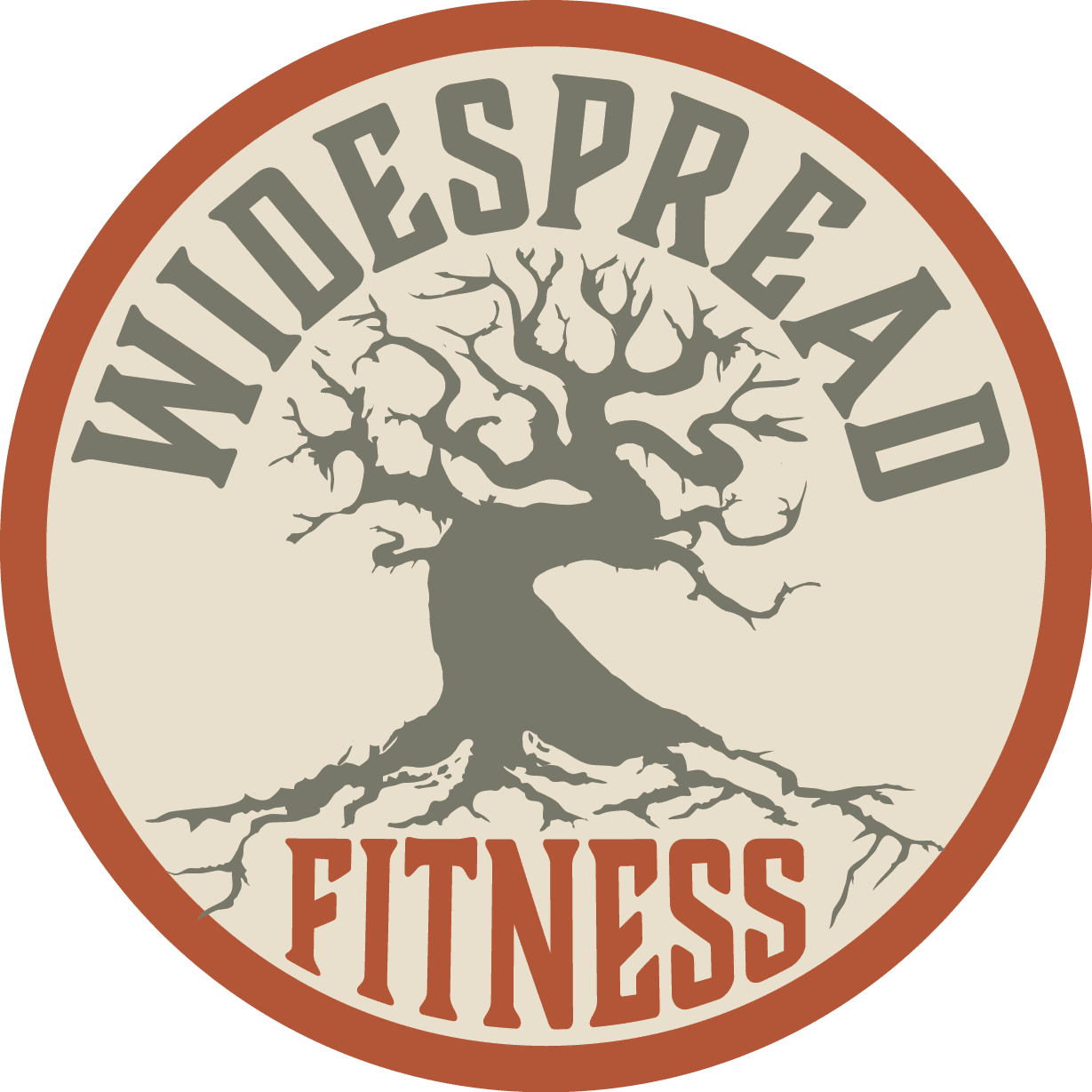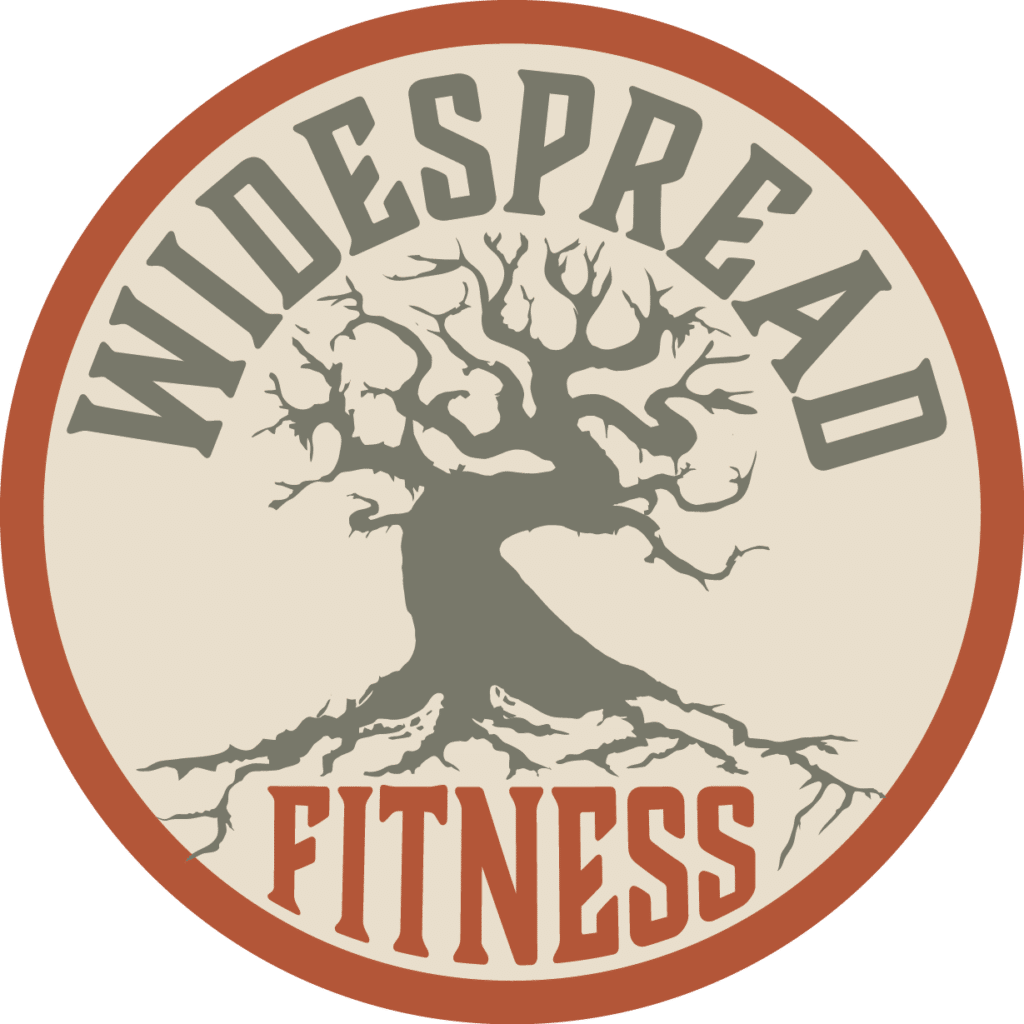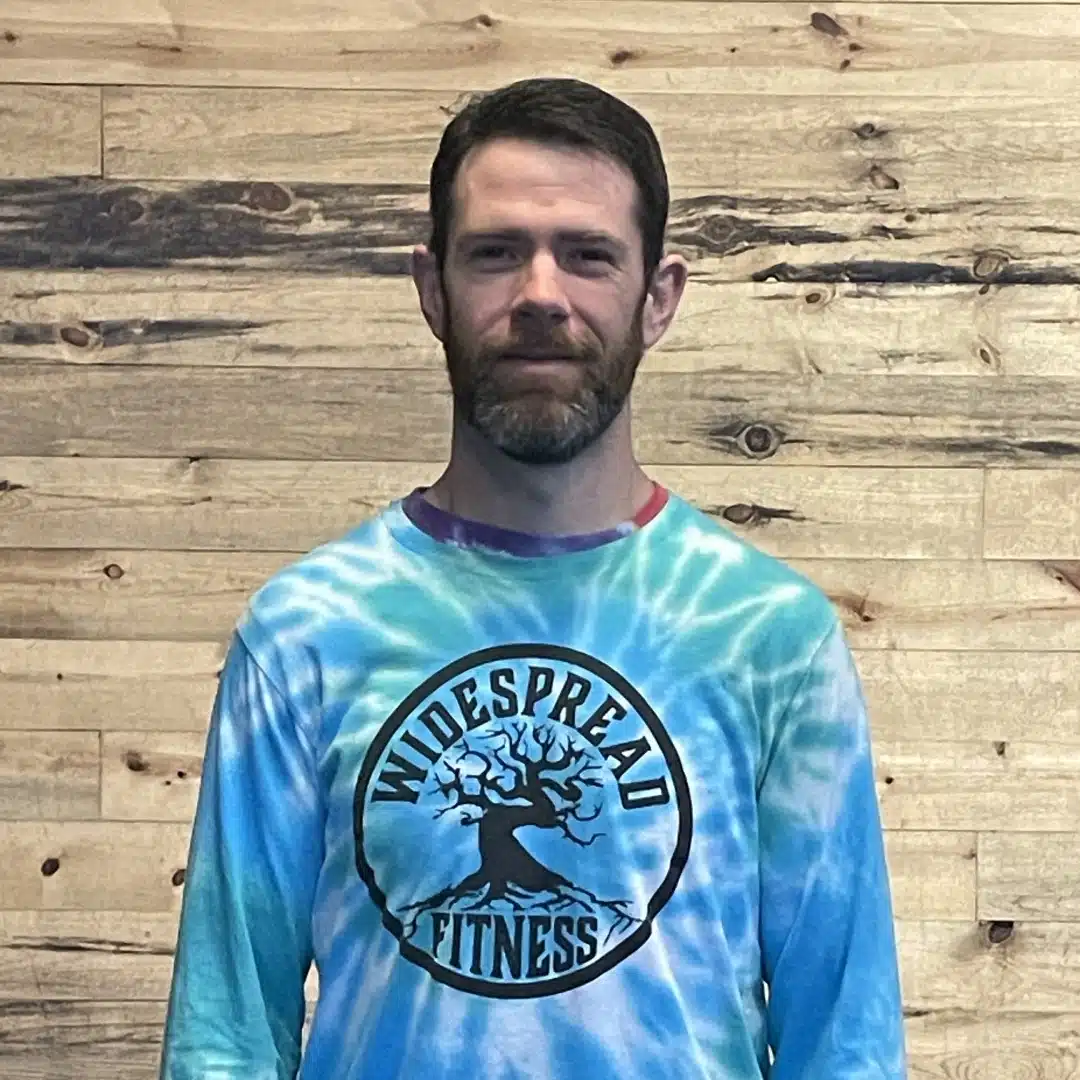Shoulder pain is one of the most troubling ailments that can interrupt any avid gym goer.
Exercise should be a place to relieve stress, build, confidence, and of course improve your health. Dealing with one more painful problem to work through is probably not going to be a big motivator for you.
The good news is that you don’t to make training with shoulder pain a part of your life. In fact if you dedicate yourself to the process you can eliminate shoulder pain once and for all.
Let’s talk about where this shoulder pain can come from, address what actions need to be taken and the potential irritants that should be avoided. Finally we’ll take a look at some movements that can help mobilize, activate, and strengthen your shoulders. Dedicate part of every workout to improving the functionality of this crucial joint and you will change your athleticism and quality of life.
“It is easier to find men who will volunteer to die, than to find those who are willing to endure pain with patience.” -Julius Caesar
Poor technique may load up the shoulder joint in a way that it cannot stabilize. This could cause strain and overuse of muscles around the shoulder. One common example of this is an overworked pec minor and underworked rotator cuff. This leads to rounded shoulders, and weakens the ability to stabilize the glenohumeral joint during pushing and pulling movements from the shoulder. By stretching the pec it will allow your shoulder to sit in a more stable position. By activating and strengthening the rotator cuff and scapular muscles on the back of the shoulder you ensure healthy, balanced stability and function.
Overuse could be another culprit of shoulder pain. Whether your volume (total amount of reps) or frequency (sessions each week) is too high or you are simply trying to lift too much weight can all cause problems. If you go heavy or perform maximal effort sets you may need up to 5-7 days to fully recover. If you work at lower intensity you may be able to work this muscle group 2-3 times a week. Find the right balance of volume and intensity to ensure consistent progress in your lifts.
If you are constantly running into the same shoulder pain issues then technique may be the true problem. The shoulder is the most freely movable joint in the body. This puts at the greatest risk of injury when it comes to repetitive movement with poor form. Even one session with a coach or trainer can revolutionize your upper body pressing ability.
Finally if you experience pain when performing a certain movement it may simply not be a good fit for you. There are infinite ways to scale the load and form of resistance to provide your body with a similar stimulus to the painful movement. Perhaps the most commons movement replacements are those that replace a fixed circuit movement such as a barbell bench press or overhead press with single arm variations using dumbbells or kettlebells. Training the arms unilaterally allows you to have more “play” in the shoulder and adopting a movement pattern that better suits your body. No compromises in strength or performance are necessary.
So let’s move on to some strategies to actively prevent your shoulders from injury. Through activation, self myofascial release, strengthening, and stretching.
1. Activate
Activating the muscles for a workout or “prehab” helps your body prepare for the more demanding movements it is about to perform. It will both aid performance and mitigate risk of injury. When it comes to the shoulders
To help activate your shoulders before a workout perform these 3 upper body exercises, band pull aparts, scapular pushups, and face pulls. Perform 3 rounds of this circuit with 10 seconds rest between each movement. Keep the band resistance light enough to move with a slow controlled tempo but make sure it still challenges you. You should feel the blood flow and a warm sensation in the shoulder joint by the end of this circuit.
Perform 3 rounds with :10 of rest between movements.
-
- A1. 15 Band Pull Aparts
- A2. 10 Yoga Push Up
- A3. 15 Band Face Pulls
2. Roll Out
Self Myofascial Release (SMR) is a fancy name for “rolling out.” The goal is to mobilize soft tissue allowing greater range of motion and improved muscle function. You can use a foam rollers, lacrosse balls, tennis balls or any other device that allows you to access the desired body part at pain level you can withstand. Focus on breathing and eliminating abdominal pressure while you roll out to ensure the tool can work its way into the muscle.
Rolling out helps our body get “unstuck” from tightness due to sitting and positions we spend long amounts of time in. It is important to move and mobilize our tissues as often as possible to mitigate this tightness. Imagine if you were going to run a marathon with a rock in your shoe. You would never run 26 miles with that rock digging into your foot each step of the way! There’s no reason to treat your shoulder in that manner either. Stop pushing through the pain and fix the sticky points.
3. Strengthen
Like an muscle group it is important to strengthen the muscles of the shoulder. The exercise you choose should strengthen the weak muscles that are necessary for optimal shoulder stability. Performing these strength building movement for 5 rounds alternating back and forth between movements
3×8 Bottoms Up Kettlebell Press: Take 3-4 seconds to lower the weight from the top position. IF you struggle with balancing try working from a kneeling or seated position, train one arm at a time, and keep the kettlebell light.
3×8 alternating Turkish Get Up: Try breaking this complex movement into smaller pieces or work with a coach to master the technique. Your shoulders will thank you!
4. Static Stretching
Part of your cool down routine should also include some static stretching. There are many debates around when and how static stretching should be performed. One study has shown that static stretching can improve flexibility by increasing passive fascicle length. Performing a static stretching routine after your workout or anytime that is not immediately preceding an event requiring maximal force production by a muscle.
Stretch the primary movers of your days workout-chest, lats, and traps are some of the key muscles to stretch since a heavy bout of training will leave them tight and could cause a temporary imbalance if not addressed. Hold stretches for about 30 seconds to ensure your brain sends a signal to your muscles that they need to stop firing and allow lengthening to occur.
If you have questions about building strong healthy shoulders don’t be afraid to get in touch with one of our coaches. We will find a safe and effective program to meet your needs!










